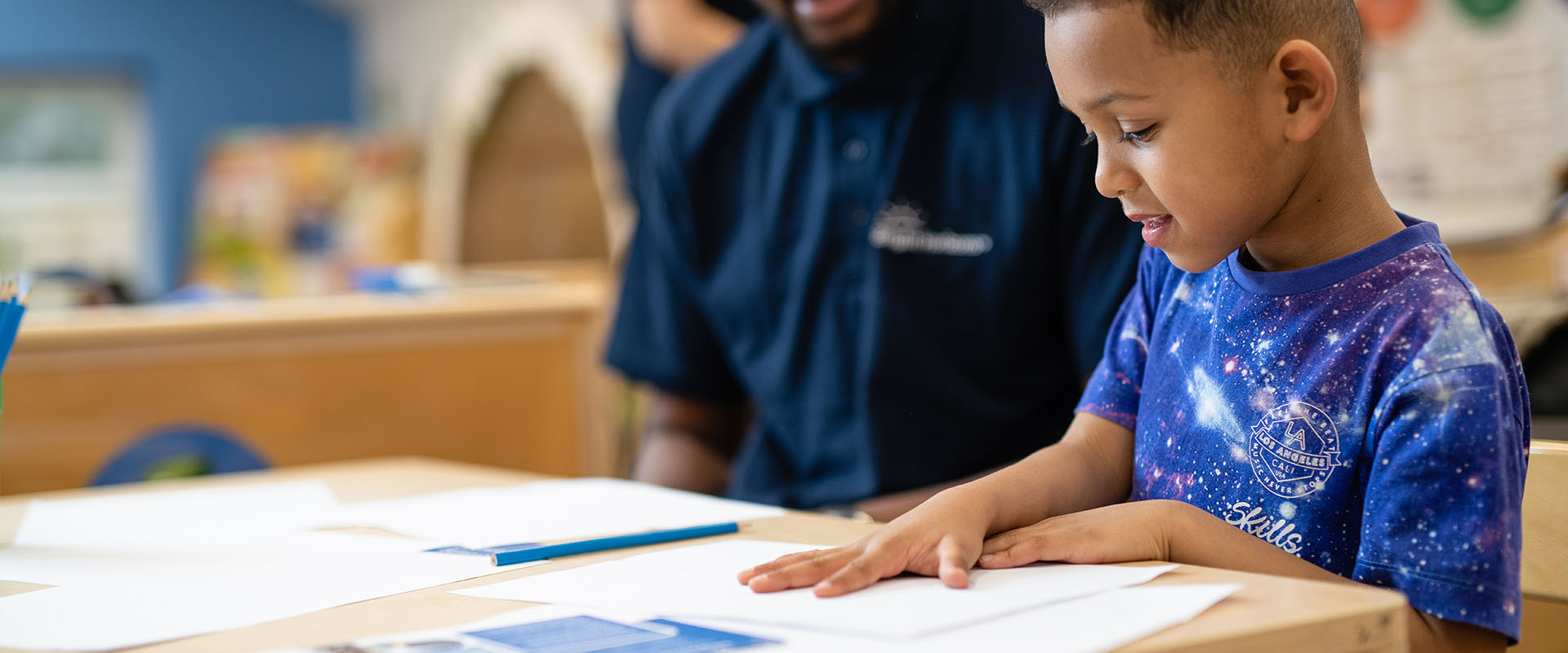Measuring with Hands

A fun activity that combines craft with maths. How tall are you really?
You will need:
• Paper or card
• Crayons and/or felt pens
• Stickers
• Objects to measure
• Scissors
Doing the activity:
• Create a set of measuring hands for measuring how long, how wide, how tall and how short things are at home.
• Non-standard units of measure help children understand the concept of using units to measure items.
• Draw round hands, then cut them out and decorate with crayons, felt pens or stickers.
• Number each hand, then start measuring. • Count how many hands wide, long, tall and short items or people are.
• Record these results and compare them to find out which is the shortest, longest, widest and tallest.
How this develops early mathematical learning:
Children typically progress through a series of stages in understanding measurement (Copley, 2000):
1. Comprehending that objects can be compared and measured as well as understanding the meaning of questions like "how long is this"?, "how heavy is that"? etc.
2. Making comparisons themselves, such as judging which pencil is shorter, which pebble is heavier, etc.
3. Determining an appropriate unit of measurement.
4. Using standard units of measurement (centimetre, grams, etc).
5. Creating and using formulas to help count units. During preschool, children primarily focus on stages 1 and 2 and may begin to work on the concept of "unit" in the 3rd step.
Steps 4 and 5 are typically focused on in the primary school years. Copley, J. V. (2000). The Young Child and Mathematics. Washington, DC: National Association for the Education of Young Children.





